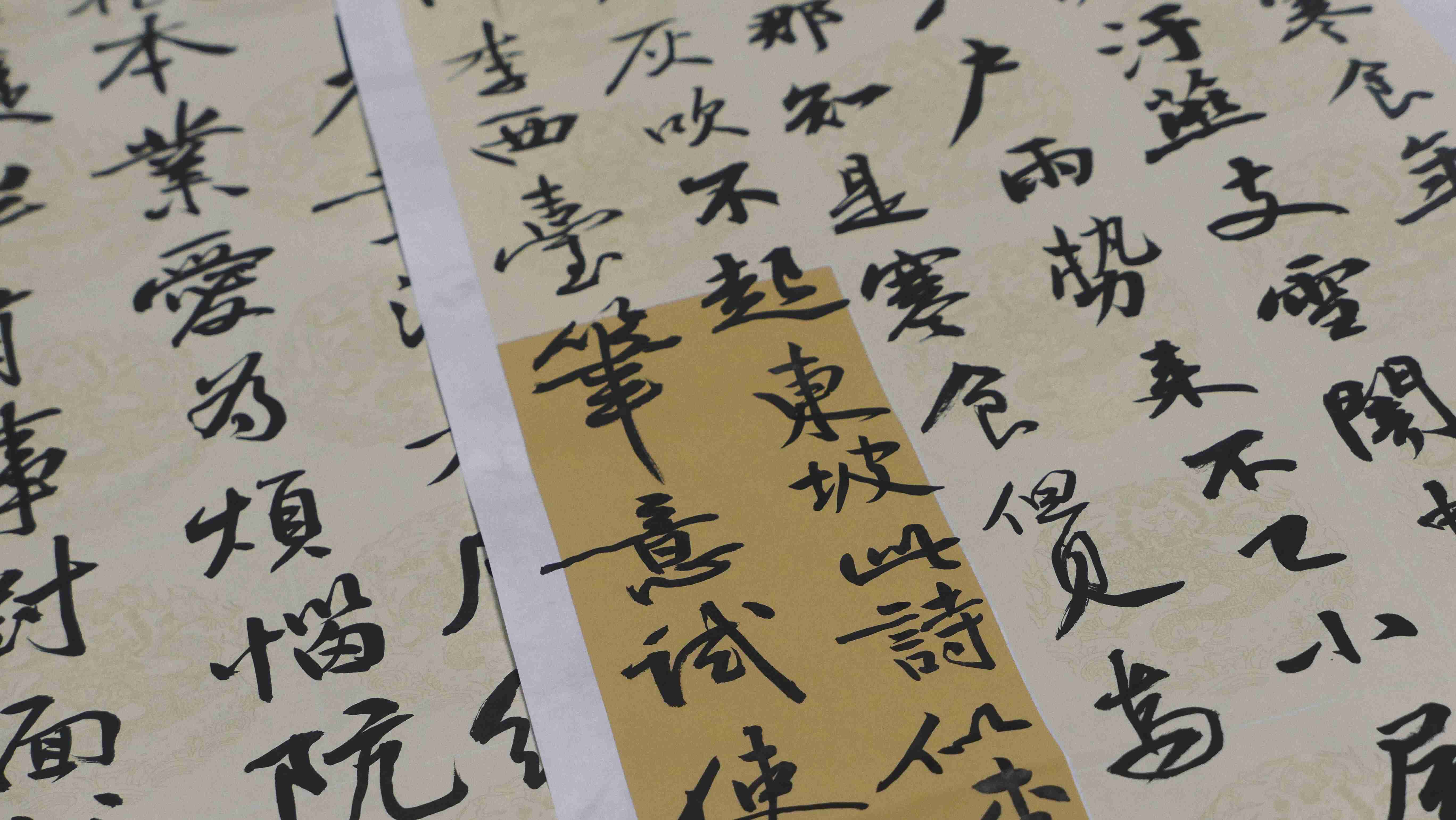China stands out from other civilizations in the world with a special respect for the past and its history, perceiving it primarily as a lesson and a landmark for the present and the future. Therefore, in March, the VU Confucius Institute organized two online lectures focused on one of the four traditional art forms – calligraphy and contemporary art, which is based on historical and cultural memory.
The lectures were given by associate professor dr. Loreta Poškaitė.
Chinese calligraphy is an inexhaustible topic that is interesting to explore, get to know, and discover. In traditional Chinese culture and art, calligraphy occupied a special place and for a surprisingly long time - more than 20 centuries, maintained the continuity of classical aesthetic canons.

In the lecture “Modern Chinese Calligraphy in Contemporary Chinese Art” the most important tendencies and directions of modernization of calligraphy in the 20th century were discussed, also the principles that are in contemporary Chinese art were introduced. We learned how calligraphy can be used to construct Chineseness and integrate it into the global art market in avant-garde Chinese art.

The second lecture, "Historical-Cultural Memory in Contemporary Chinese Art", aimed to show how history is used to perpetuate memory and its current reflection in contemporary art - painting, photography and performance art.
Here we have argued that historical memory remains and can be nurtured in a variety of artistic forms. Historical-cultural memory in the end of 20th century, in the beginning of 21st century is alive in historical sites such as the Great Wall of China. One of the consequences of Chinese urbanization - urban ruins - is becoming an important object of Chinese art. The installations and performances of the artists created here a new meaning, which were intended to make sense and not to be forgotten. Contemporary artists travel with their works between the past and the present, where those days realism works of art are replaced by modern consumerism.
